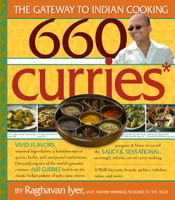🔥 Try our grilling cookbooks and save 25% on ckbk membership with code BBQ25 🔥
Mustard
Rai
Published 2008
Fields of mustard sway in northwestern India, in the state of Rajasthan, and in numerous northeastern states, making this a cash crop in those areas. The greens are a delicacy in the northern regions, but the seeds are equally versatile, and there are three kinds of mustard that are primarily harvested for their seeds. Brassica nigra produces brownish-black seeds, Brassica juncea yields reddish-brown ones, and Brassica alba (white mustard) is the source of light yellowish-brown seeds. The first two are widely used in Indian cooking, but the yellow one is an acceptable alternative. When ground, the seeds are potent, but roast the seeds in oil and let them pop (just like popcorn), and they become nutty-sweet. This seed possesses a Jekyll-and-Hyde personality, because it swings between two primary taste elements: When pounded, cracked, or ground, and combined with a liquid, it yields that nose-tingling sharpness. But when you apply heat, as in popping the seeds in oil, it stops that reaction and results in a nutty-sweet taste.
Part of
Advertisement
Related Recipes
-
-
-
-
Related Reference
-
-
-
-
Advertisement



